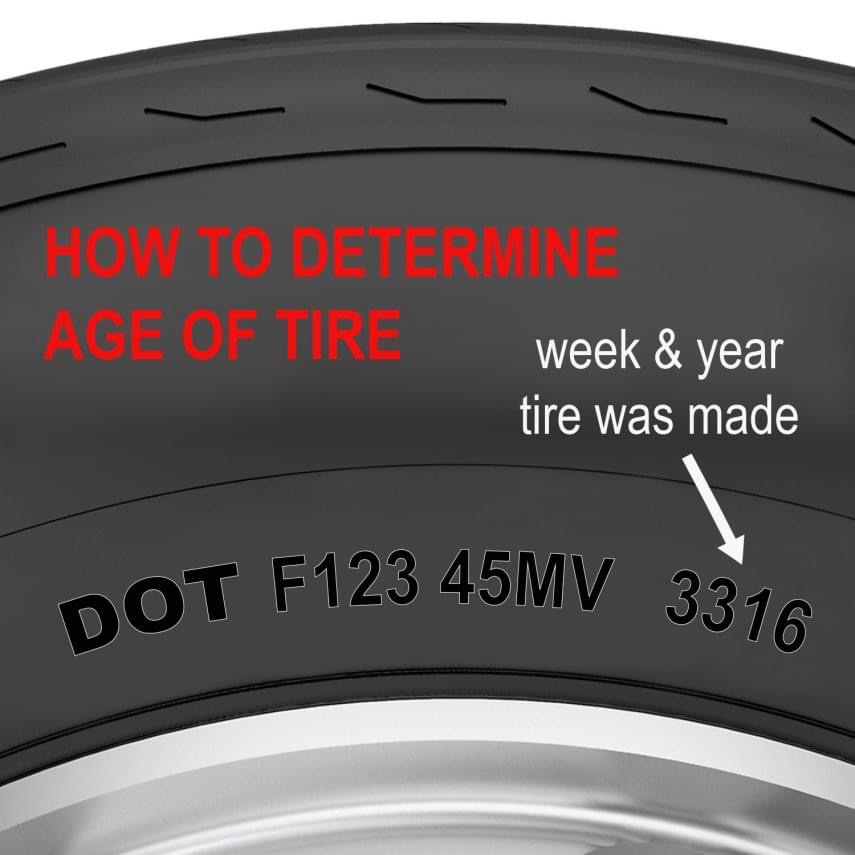Determining the age of a tire is crucial for maintaining road safety. By understanding the manufacturing date of a tire, you can assess its potential lifespan and make informed decisions regarding tire replacement. This article outlines the steps to determine the age of a tire and emphasizes the importance of tire age in ensuring your safety on the road.

Step 1: Locate the DOT Number
The first step in determining the age of a tire is to locate the Department of Transportation (DOT) number. The DOT number is imprinted on the sidewall of the tire and contains essential information about the tire’s manufacturing date.
Step 2: Identify the Last Four Digits
Once you have located the DOT number, focus on the last four digits. These digits represent the tire’s age and are vital for determining its manufacturing date.
Step 3: Decode the Manufacturing Date
Decoding the manufacturing date involves understanding the meaning behind the last four digits of the DOT number. The first two digits indicate the week of manufacture, while the last two digits represent the year of manufacture.
Step 4: Consider the Tire’s Lifespan
While knowing the manufacturing date is important, it is equally crucial to understand the tire’s recommended lifespan. Factors such as tire type, usage conditions, and maintenance practices can affect a tire’s lifespan. It is generally recommended to replace tires after six to ten years, regardless of their remaining tread depth.
Step 5: Check for Signs of Aging
Apart from knowing the manufacturing date, it is essential to inspect the tire for signs of aging. Look for cracks, bulges, uneven wear, or any visible damage that may compromise the tire’s safety. If you notice any abnormalities, it is advisable to have the tire inspected by a professional.
Determining the age of a tire is a crucial aspect of tire maintenance and road safety. By following the steps outlined in this article, you can accurately assess the manufacturing date of a tire and make informed decisions regarding its replacement. Remember to consider the recommended lifespan of tires and regularly inspect them for signs of aging or damage. Prioritizing tire safety ensures a safer driving experience for you and those sharing the road with you.
As an Amazon Associate we earn from qualifying purchases through some links in our articles.




